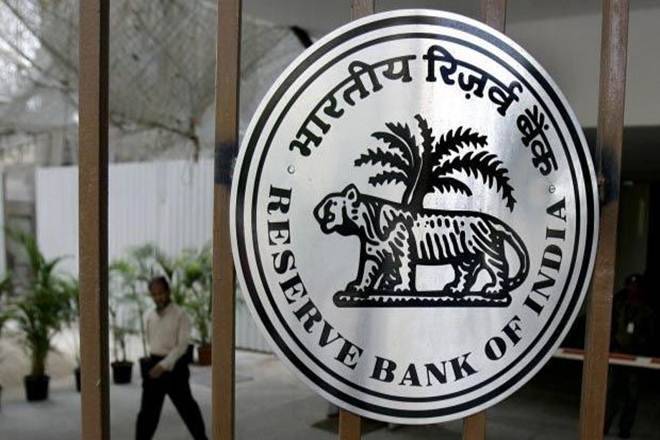Any change in repo rate directly affects Equated Monthly Instalments (EMIs) for different kinds of loans, including the home, auto and personal loans.
The Governor of Reserve Bank of India (RBI) Shaktikanta Das-led Monetary Policy Committee on Thursday announced to retain the repo rate at 6.5 per cent due to supportive domestic demand conditions.
“The Indian economy and financial sector stand strong and resilient amidst unprecedented global headwinds. MPC will continue to take policy actions promptly and appropriately to keep inflation expectations firmly anchored,” RBI said.
The Monetary Policy Committee also decided to remain focussed on withdrawing the accommodation of policy stance at its second bi-monthly policy review for 2023-24.
Any change in repo rate directly affects Equated Monthly Instalments (EMIs) for different kinds of loans, including the home, auto and personal loans.
In cases of shortage of funds, commercial banks borrow money from the RBI, and the interest rate that the RBI charges from these commercial banks is called the repo rate.
Read More: Go First Cancels Flights Till June 12 Due To ‘Operational Reasons’
When the apex bank makes any change to the repo rate, the lending rates charged by banks from the borrowers change accordingly.
Impact on Home Loan EMIs
Whether the RBI changes the repo rate or keeps it unchanged, your home loan EMIs are likely to be affected as banks keep on revising their interest rates from time to time depending on several other factors.
A rise in repo rate by the central bank would usually lead to a jump in the cost for banks, which would directly lead to a rise in your home loan EMIs, as banks would quickly pass on the burden to customers. Most of the banks and housing finance companies are currently offering home loans at an interest rate of 8 to 10 per cent per annum.
Read More: Petrol, Diesel Fresh Prices Announced For June 9: Check City-Wise Fuel Rates Here
Impact on Personal Loan EMIs
The RBI has already issued guidelines that the benefit of any cut in repo rate should be passed on to the customers. So, whenever the RBI reduces repo rate the banks are mandated to bring down their interest rates on loans as well. Personal loan segment is one of the largest credit segments for banks and financial institutions. Currently most of the banks offer personal loans at an interest rate ranging from 9 per cent to 26 per cent per annum.
Whenever there is a rise in repo rate, the banks increase the interest rate to pass on the burden to the customers and it leads to an increase in the personal loan EMIs.
Impact on Auto Loan EMIs
Just as with home loans, the EMI on auto loans will also rise or fall in proportion to an equivalent change in the repo rate. Currently car loans are available at an annual interest rate of 8 to 11 per cent.
There is no significant impact on auto, personal or home loan EMIs if RBI leaves the repo rate unchanged. When the repo rate remains unchanged the cost of funds for banking institutions also does not change implying that the interest rate for loans remains the same.
If you pay any kind of loan EMIs, it is noteworthy to keep a check on any changes made in the repo rate by the RBI and track the updates regarding interest rates on loans by your lender.



































